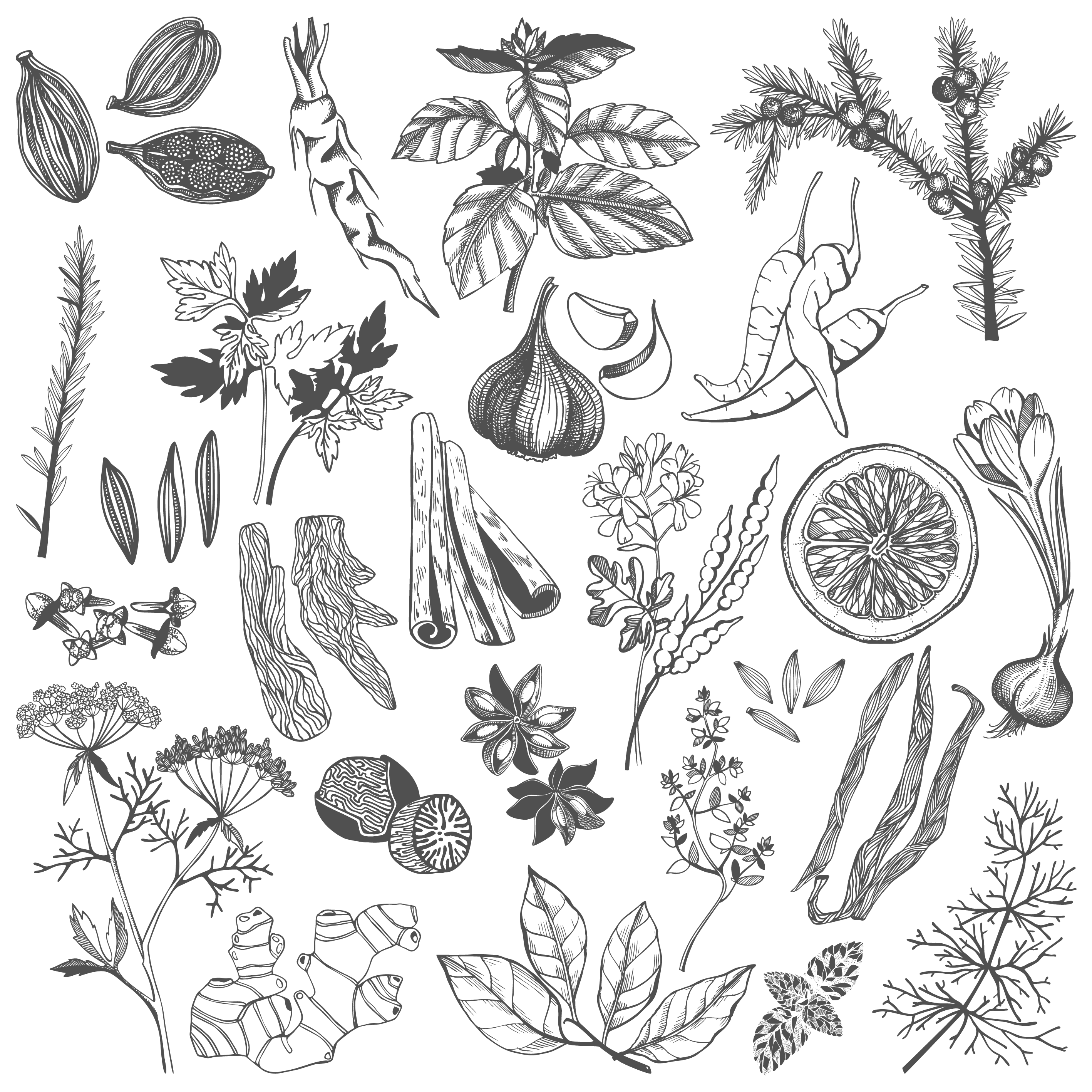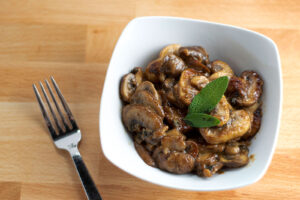What exactly is a “cancer-fighting” food? Well, it’s any food that promotes healthier overall cell function, which can reduce cancer cell growth. When the food we eat enters our gastrointestinal tract, it breaks down into macronutrients and micronutrients which provide fuel for our cells. While all cells need fuel to function, certain fuels have properties that can help fight cancer.
A study published last year in the journal Nature Communications by Peeters et al. states there is a proven correlation between sugar intake and cancer cell growth. In tumors and other growing cancer cells, the rate of sugar absorption increases dramatically compared to that of regular cells in a phenomenon known as the Warburg Effect. According to Liberti et al. in an article published in the journal Trends in Biochemical Sciences, the Warburg Effect reveals that cancer cells rely on the process of “aerobic glycolysis,” or the breakdown of sugar, to generate energy, promoting cell survival and fueling cell growth. In other words, sugar is cancer’s preferred fuel.
In other words, sugar is cancer’s preferred fuel.
Reducing that fuel can help slow cancer growth. In an article published on the website Mercola, author and educator Gary Taubes says when the body burns sugar as its primary fuel, it can cause oxidative stress (which damages cells) and free radicals (which are unstable molecules that harm surrounding healthy molecules). Oxidative stress and free radicals lead to mitochondrial damage, nuclear DNA damage, and cell membrane impairment. Cancer can be one of the outcomes of this cellular impairment.
Damage caused by sugar is not the only culprit. In a 2017 report on the Total Health Institute website, Dr. Keith Nemec wrote that our cells need four essential elements to thrive: oxygen, water, food (or fuel), and the ability to excrete waste products. If there is an imbalance in the harmony of these elements, inflammation occurs. Inflammation is typically a short-term response that plays a natural role in our body’s healing process. Chronic inflammation, however, may lead to the development of many major diseases, including heart disease, diabetes, digestive disorders, Alzheimer’s, and certain types of cancer, like hepatic, cervical, colon, and gastric cancer, according to a 2015 article by the National Cancer Institute.
Chronic inflammation can occur as a result of infection, autoimmune reactions to normal tissues, or conditions like obesity. Over time, chronic inflammation at the cellular level causes early cell death, which damages organs and causes mutations in our DNA. This is why it’s critical to combat chronic inflammation as much as possible. A 2017 article from the Harvard Medical School noted inflammatory foods include refined carbohydrates, fried foods, sugar-sweetened beverages, processed meats, and hydrogenated oils like margarine and shortening.
COMPLEX CARBS
- berries
- cruciferous vegetables
- dark leafy greens
- lemons
- green tea
- pomegranates
- mushrooms
- tomatoes
- turmeric, chili pepper, garlic, cinnamon, & ginger
HEALTHY FATS
- avocados
- fatty fish (sardines, anchovies, tuna, mackerel, herring)
- nuts & seeds
- olive oil
- wild-caught salmon
There are two key types of carbs that affect the body in different ways: refined, processed carbohydrates (like bread, pasta, breakfast cereal, cookies, white rice, and etc.) and naturally occurring complex carbohydrates which include fruits and vegetables. You will never find refined carbs on a “cancer-fighting” foods list, partly because they contain unnatural food additives and sweeteners which contribute to inflammation. In addition, refined carbohydrates lack fiber, vitamins, minerals, and antioxidants, spiking blood sugar significantly more than naturally occurring complex carbohydrates.
So how should we select our complex carbs? The carbohydrates in this issue’s recipes have strong color pigments, like berries, spinach, tomatoes, pomegranate, turmeric, and matcha. These pigments act as powerful antioxidants, neutralizing cancer-causing free radicals. Even the white pigments in our produce offer distinct nutrients, like allicin in garlic and quercetin in onions and apples, which not only act as antioxidants but help fight inflammation.
In a 2014 article published by the Symbiosis School of Biomedical Sciences, researcher Neeti Sharma wrote that cell exposure to carcinogens (like tobacco, arsenic, and radiation) form free radicals that latch onto healthy cells and inhibit normal function. Antioxidants scavenge and neutralize free radicals before they can damage healthy cells. Think of antioxidants like a Roomba Vacuum roaming around your cells and cleaning up traveling free radicals. So next time you buy potatoes, try the purple ones, or if you’re going for carrots, pick up the yellow, white, or purple varieties—each offers unique nutrients.
Our cell membranes are made up of fat, so the intake of healthy fat leads to healthy cell membranes. “Good” fat improves the external barrier of each cell, preventing harmful molecules from entering and promoting the proper excretion of waste products.
Good fat sources also promote mitochondrial health, like EPA and DHA omega-3s found in fatty fish and ALA omega-3s found in nuts, seeds, and oils. When used as a primary fuel source by our cells, these fats produce the least amount of toxic byproducts, like free radicals and oxidative stress. Wild-caught salmon, nuts, seeds, and avocado top the list of good fat sources. As we nourish our bodies with a colorful array of complex carbs, we want to make sure we’re accompanying them with a healthy source of fat like walnuts, olive oil, avocado, pumpkin seeds, or anchovies. Your cells will thank you!
Remember, we are made up of cells, and the composition of our meals reflects the health and performance of those cells. If we fill our bodies with refined, processed carbohydrates our cell function will suffer. With each meal, make sure to include some natural, complex carbohydrates, a healthy source of fat, and lots of water! A variety of fuel sources is the key to happy cells.







